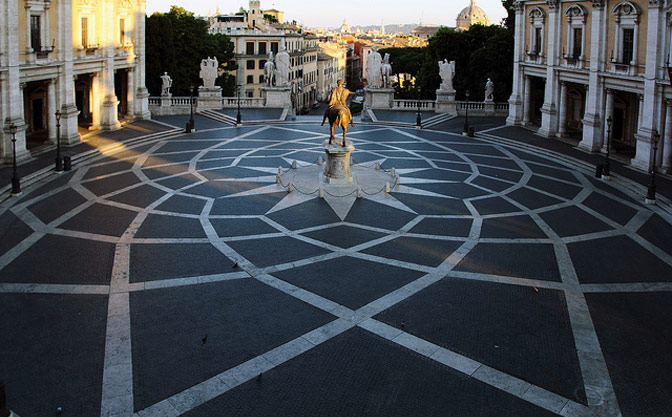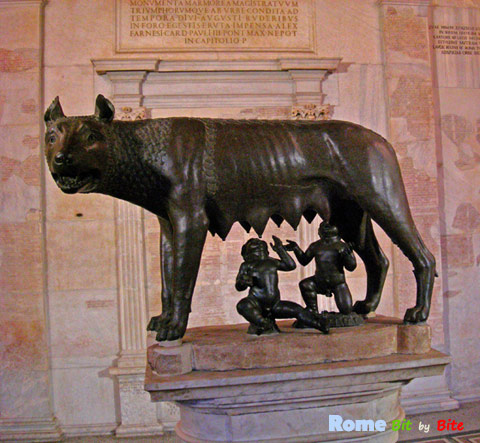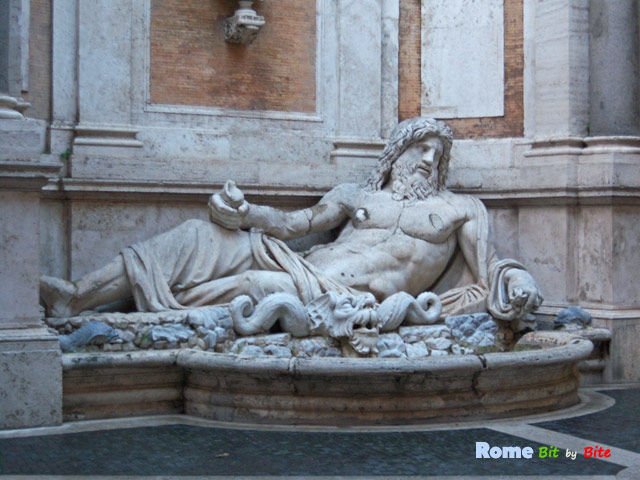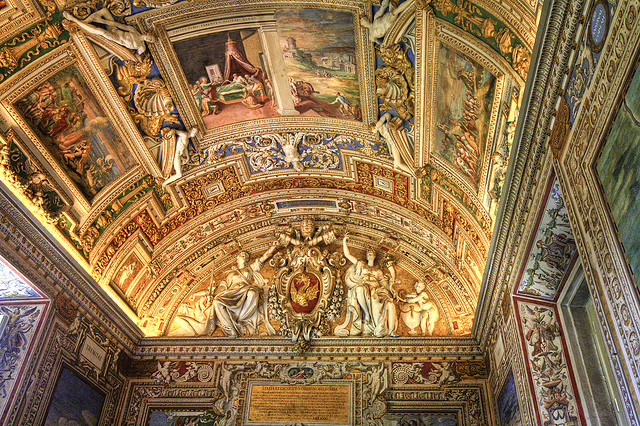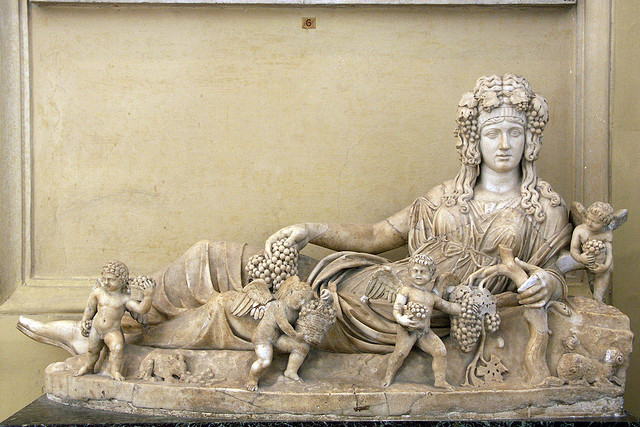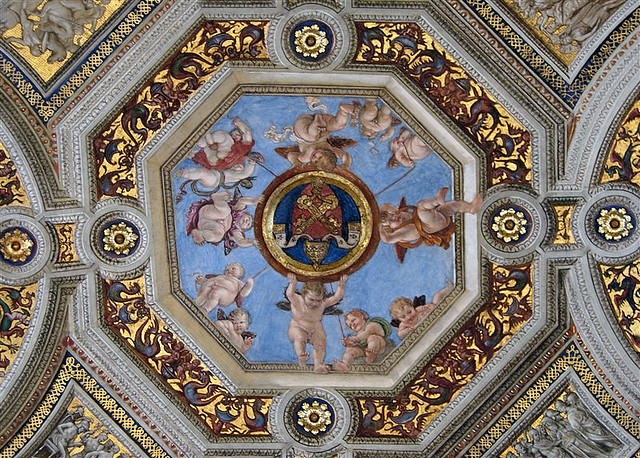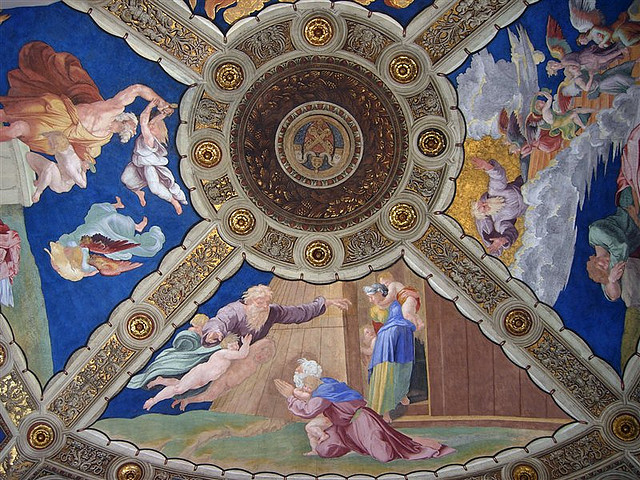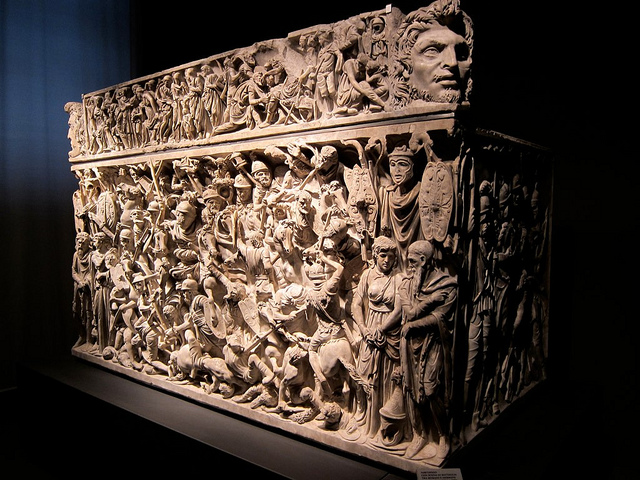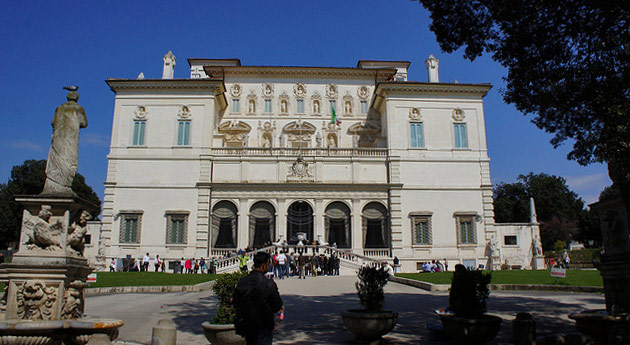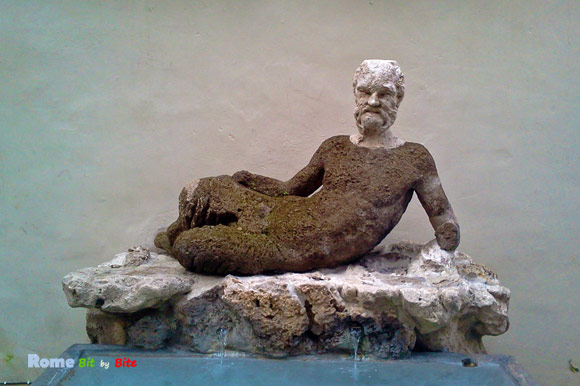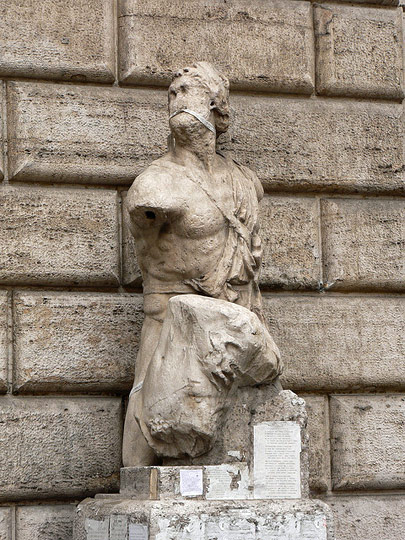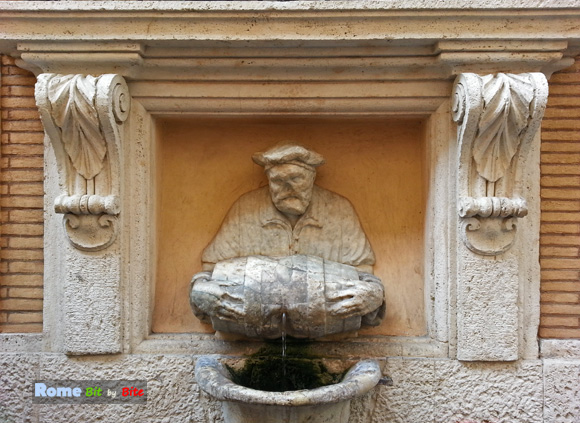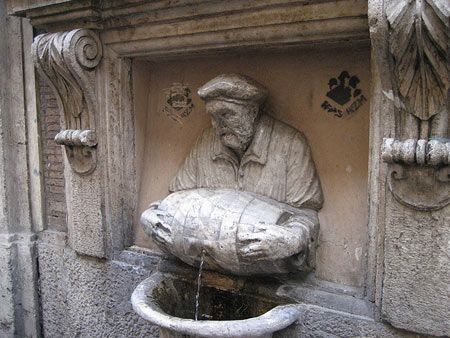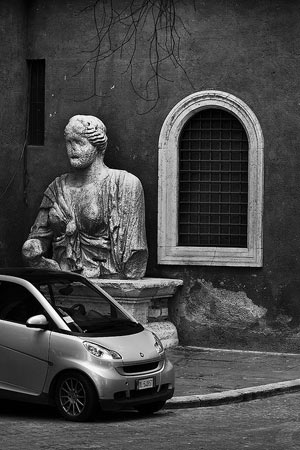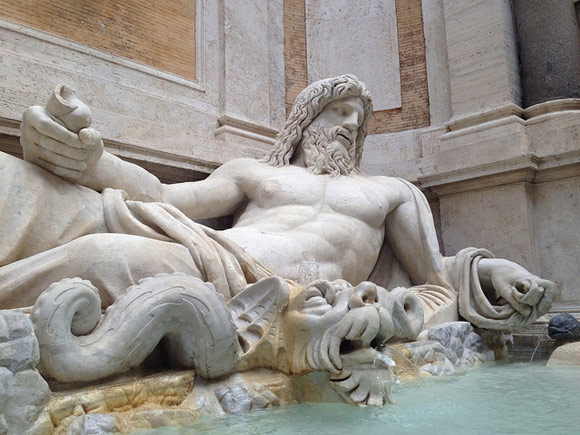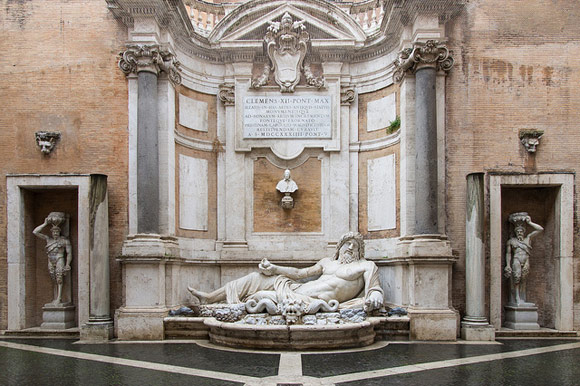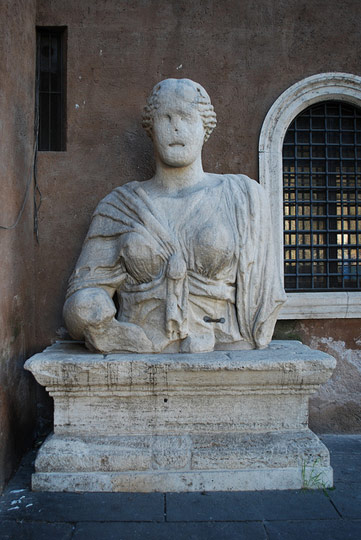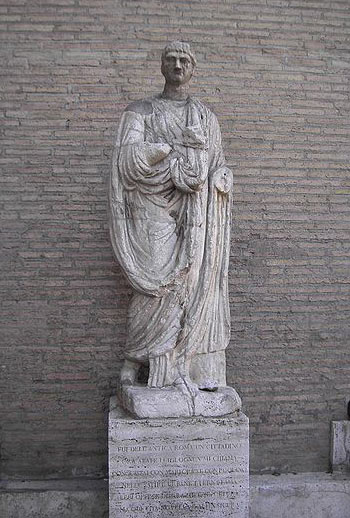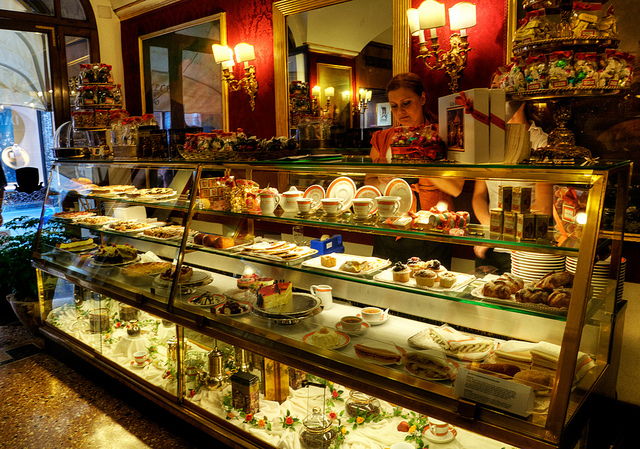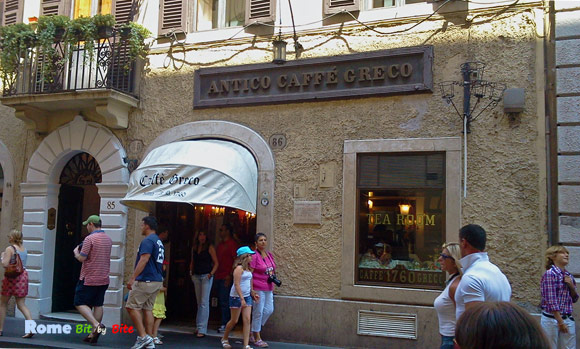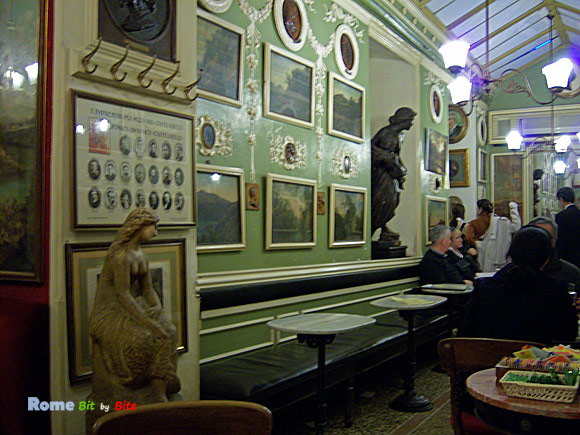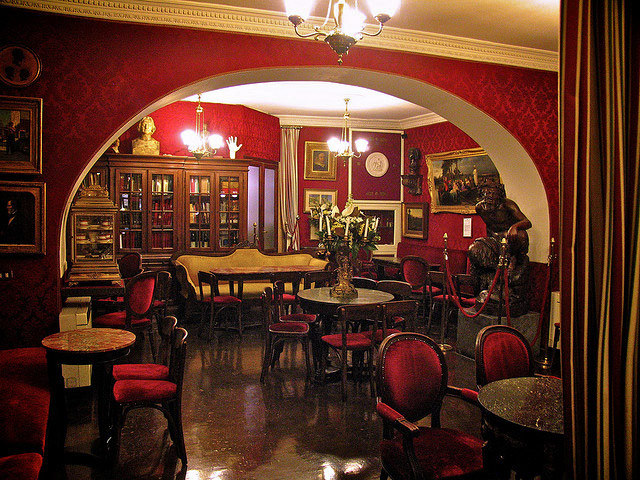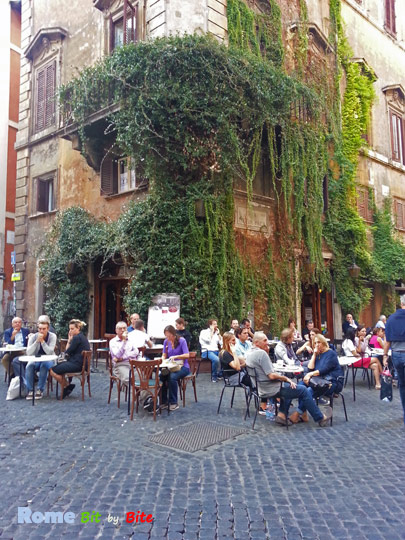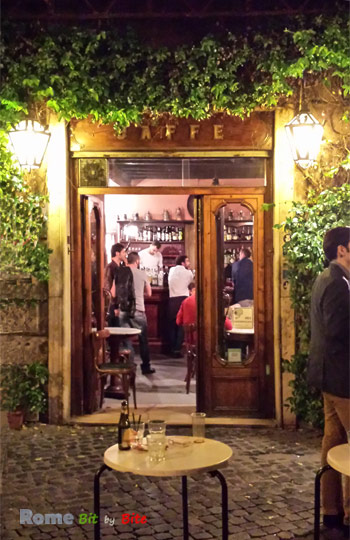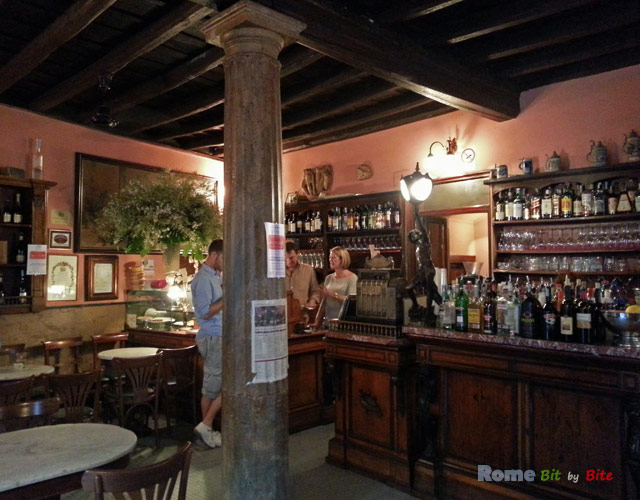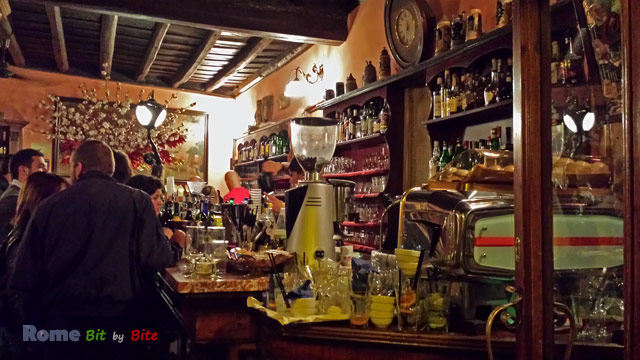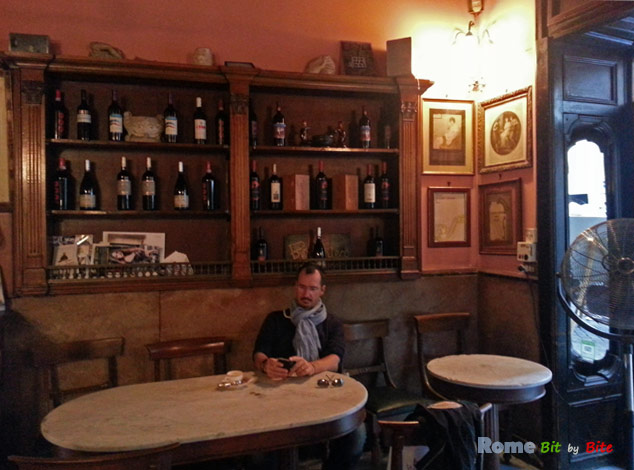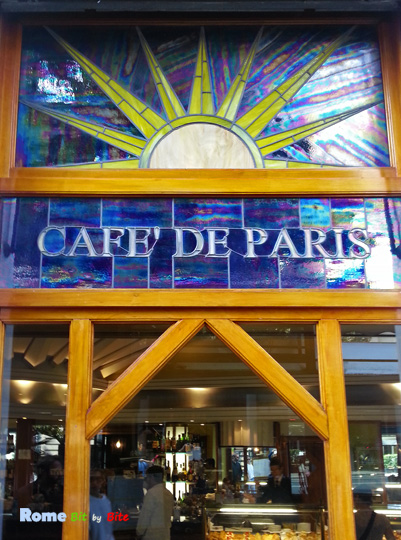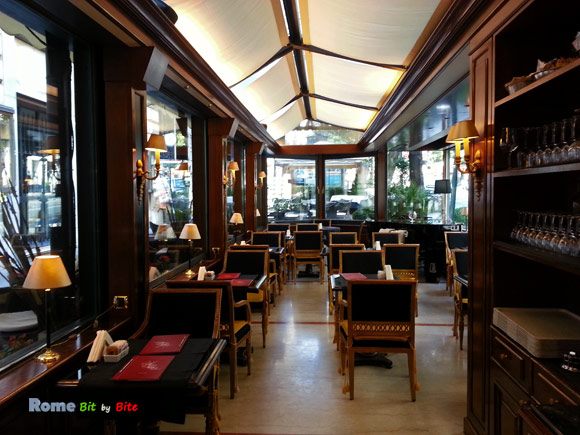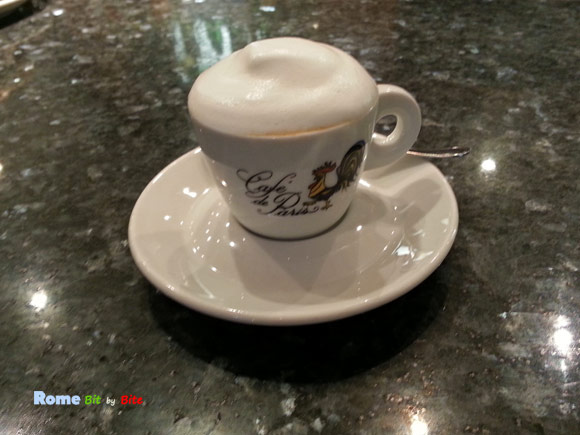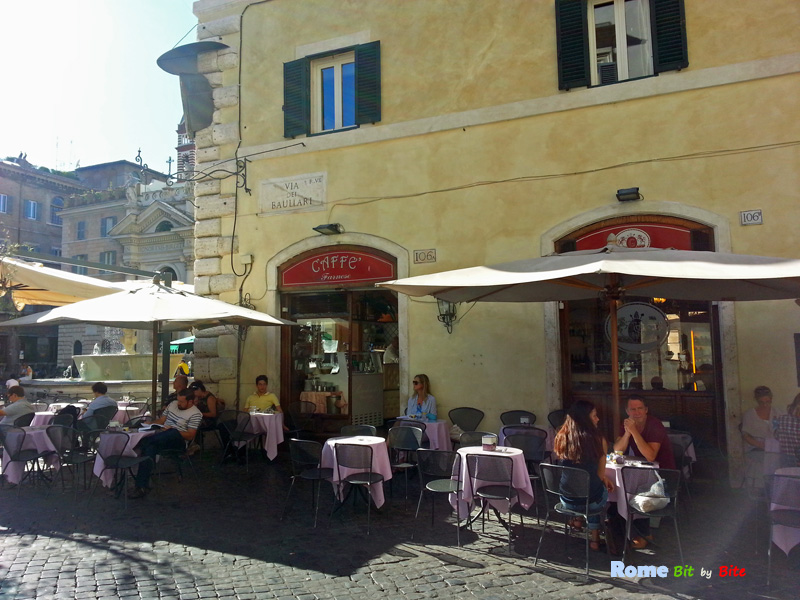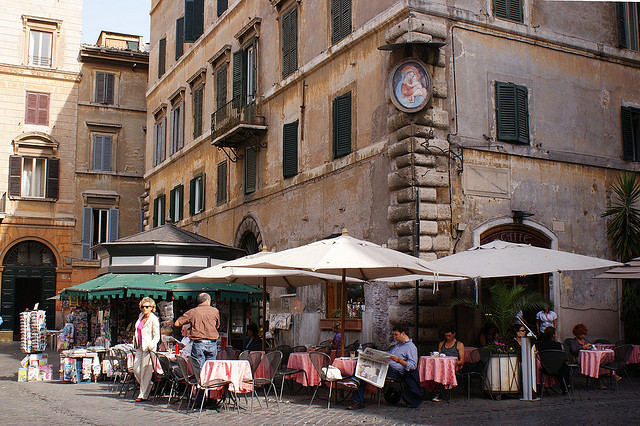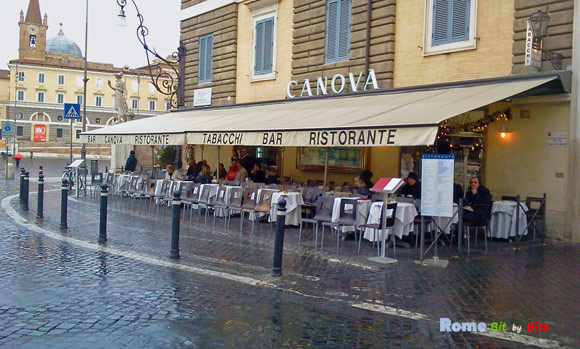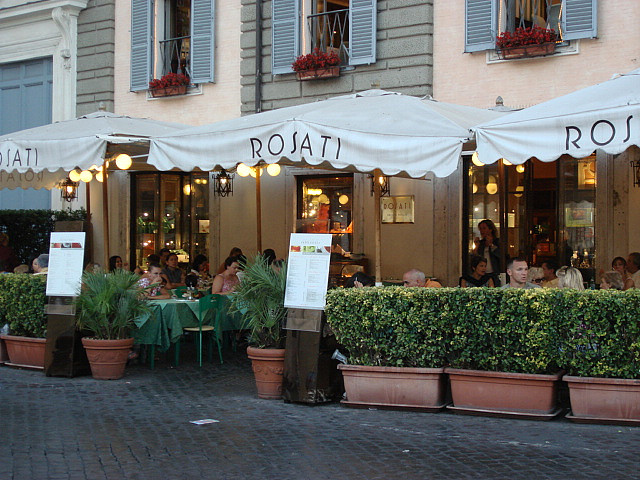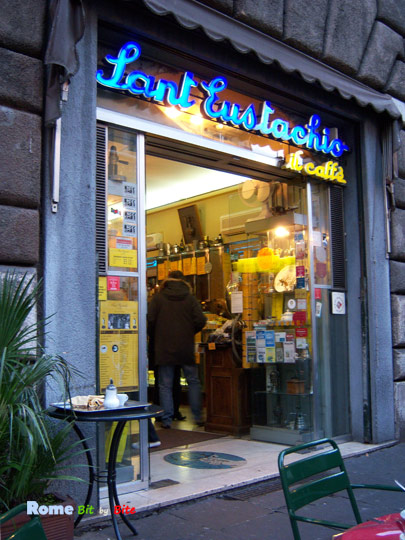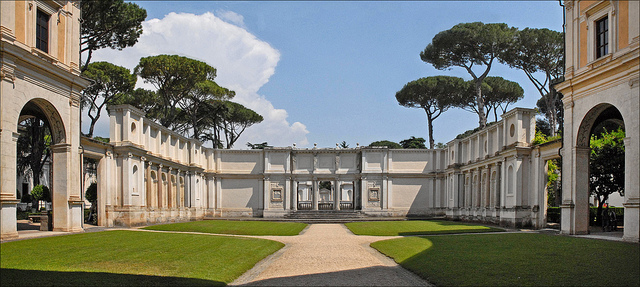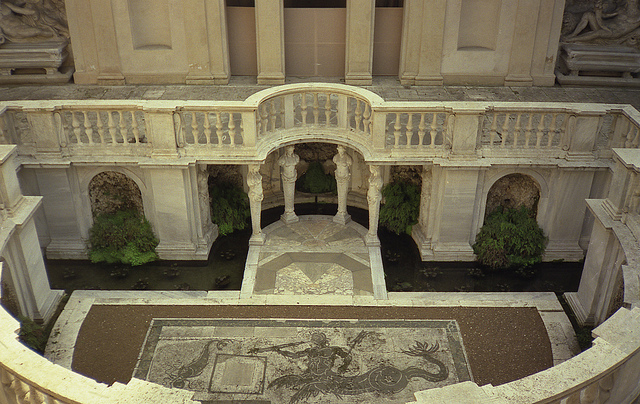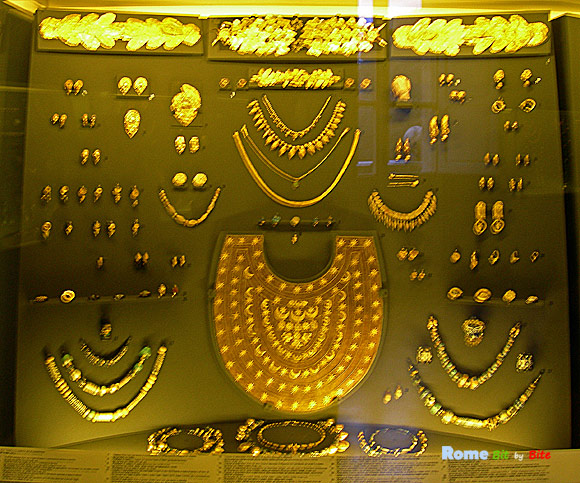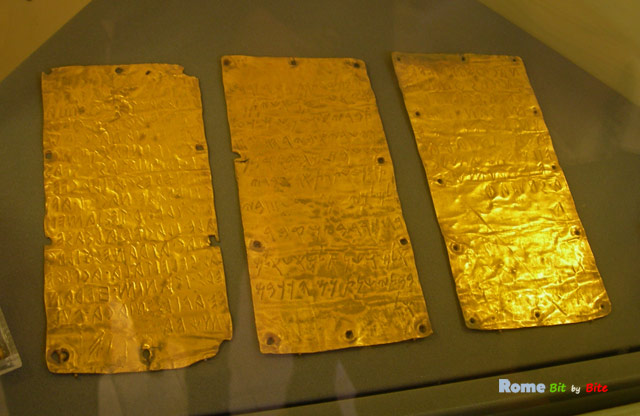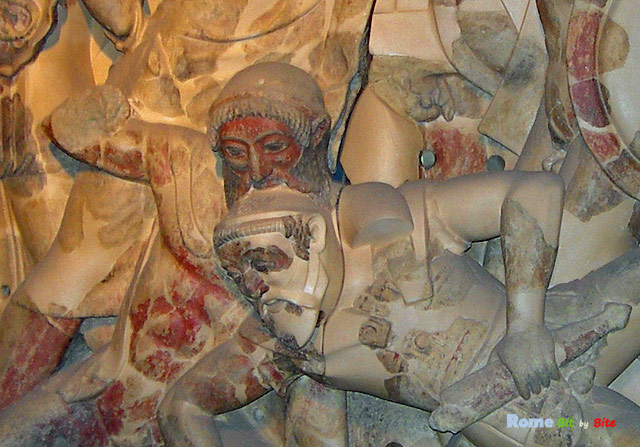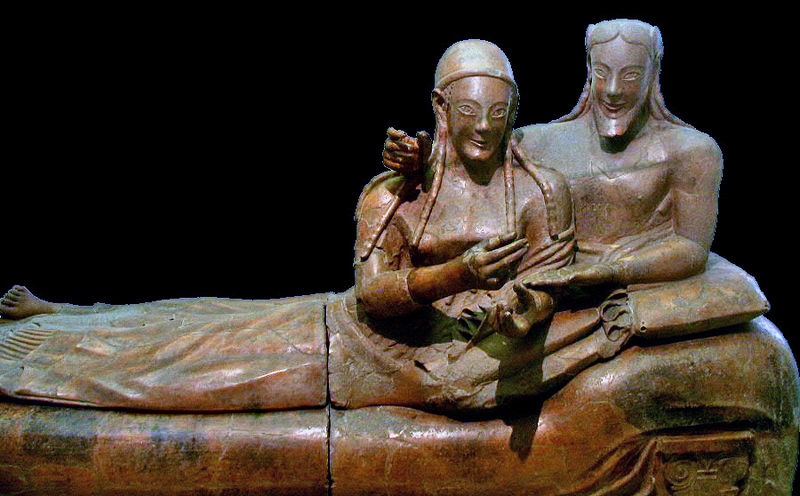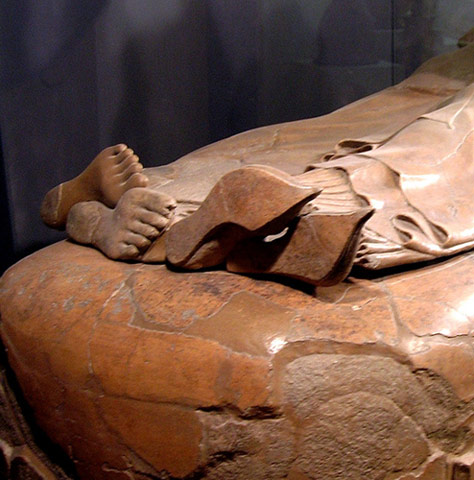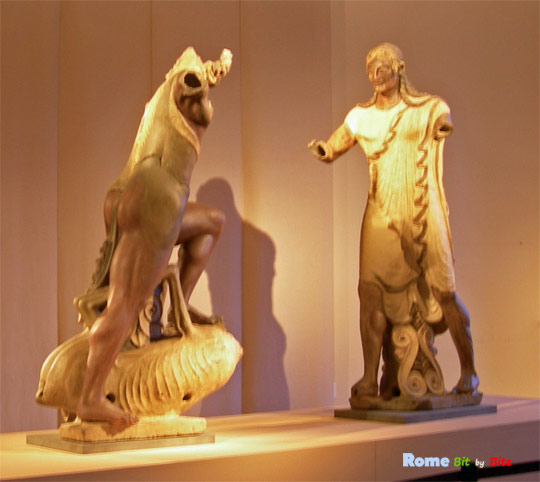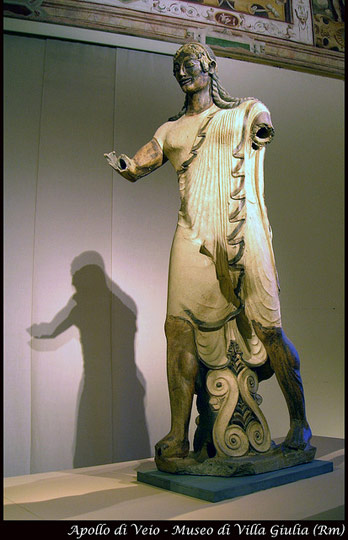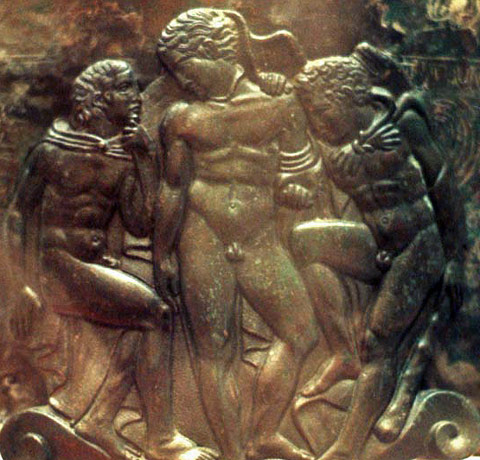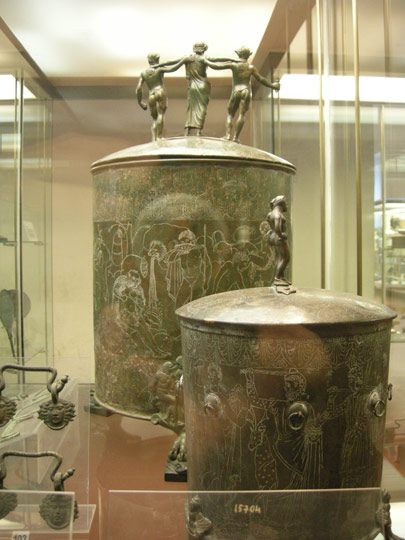For more than 2,700 years Rome has been a crossroads of the world. The city-empire has absorbed and embraced many different cultures, as testified by its impressive architectural and artistic legacy. Here is a list of seven of Rome’s best museums where to get a feel of the powerful aura of the City of Seven Hills.
1. Capitoline Museums
Piazza del Campidoglio 1
000186
Tel: +39-06-671.02.071
The Capitoline Museums are considered one of the oldest public museums in the world. They are located on the Piazza del Campidoglio on the Capitoline Hill, the smallest hill in Rome. Originally designed by Michelangelo, the Piazza del Campidoglio, its surrounding buildings and the decorated, central pavement were meant to form one homogeneous entity, a kind of “museum city”.

Statue of Marcus Aurelius at the center of Piazza del Campidoglio. This statue is a replica made in 1981 of the original housed in the Palazzo dei Conservatori Museum.
The Capitoline museums include the Appartamento dei Conservatori, the Museum of Palazzo dei Conservatori and the Pinacoteca Capitolina (all three housed in the Palazzo dei Conservatori), and the Museo Capitolino (housed in the Palazzo Nuovo). The museums contain works from the Roman era, but also some pieces from Medieval Ages, the Renaissance and the Baroque era. The Museum of the Palazzo dei Conservatori contains a collection of antique art pieces, and also houses the symbol of the City of Seven Hills, the Lupa Capitolina, or She-Wolf of Rome.
In the courtyard of Palazzo Nuovo there’s the statue of Marforio, one of the Talking Statues of Rome.
2. Vatican Musems
Entrance: Viale Vaticano
The Vatican Museums include the:
Museo Pio-Clementino: Greek and Roman antiquities and the Sala della Biga
Chiaramonti Museum: contains Roman copies of Greek original art works, as well as original works.
New Wing
Gallery of Maps
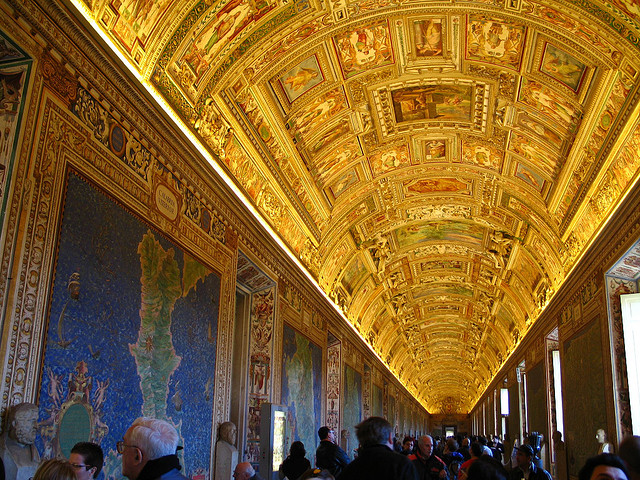
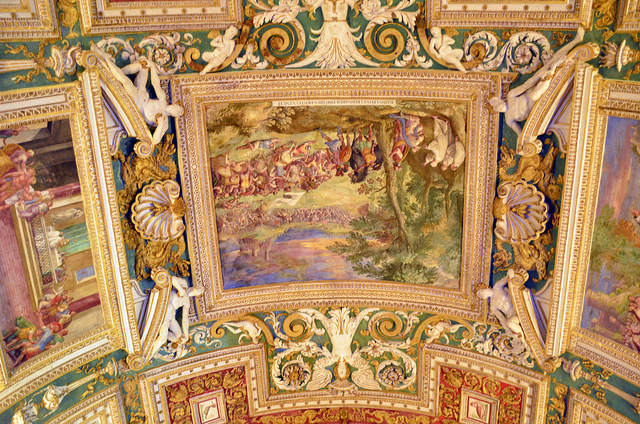
Etruscan Museum: among other pieces, a remarkable gold fibula and the Mars found at Todi.
Egyptian Museum
Museo Gregoriano Profano
The Four Raphael Rooms (Stanze di Rafaello): a renaissance masterpiece decorated by Raphael and his pupils from 1508 to 1517. Only the Stanza di Eliodoro and the Stanza della Segnatura were entirely decorated by Raphael himself. The only exception in the second room is part of the ceiling, which was executed by Il Sodoma and Bramantino. The other rooms were decorated by Raphael’s pupils following Raphael’s drawings and insturctions.
Sistine Chapel (Cappella Sistina): the vault painted by Michelangelo from 1508 to 1512 illustrates the Bible, the Creation, the Flood and above the altar the Last Judgement, added in 1534.
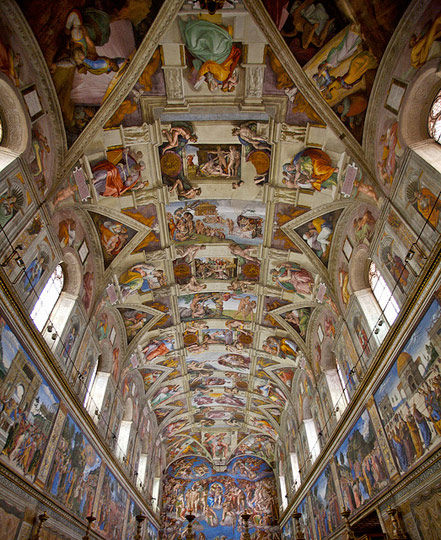
Pinacoteca Vaticana: A gallery with religious-themed paintings from the various papal palaces. The picture gallery, which also contains some impressive works by Raphael, Leonardo da Vinci and Caravaggio, is arranged chronologically and by schools of painting.
Ethnological Museum
3. Museo Nazionale Etrusco di Villa Giulia
Piazzale di Villa Giuglia 9
00196 Roma
Tel: +39-06-320.562

Julius III’s elegant villa features an impressive collection of artifacts from the Etruscan civilization, the people who inhabited Italy before the Romans. More about the Etruscan museum at Villa Giulia.
4. Museo Nazionale Romano
Palazzo Altemps
Piazza Sant’Apollinare 44
000186 Roma
Tel: +39-06-399.677.00
Tue-Sun: 9.00-19.45
The museum traces the history and culture of the city of Rome, ranging from the prehistory of Rome and the birth of Latin to the Middle Ages. The collections are housed in different locations: Baths of Diocletian (prehistory), Palazzo Massimo alle Terme(figurative arts from the late Republican and Imperial eras) and other antique Roman and Greek sculptures (Palazzo Altemps and Crypta Balbi).
5. Museo e Galleria Borghese
Piazzale Scipione Borghese 5
000197 Roma
Tel: +39-06-841.39.79
The superb 17th century villa, designed by Flaminio Ponzio for Cardinal Scipione Borghese, hosts a collection of paintings from antiquity to the 19th century. An avid collector of Ancient, Renaissance and neo-Classical art, Cardinal Scipione Borghese accumulated an important art collection and also commissioned work from some of the prominent sculptors of his time, such as Bernini and Cordier.
6. Galleria Nazionale d’Arte Antica
Palazzo Barberini
Via delle quatro fontane 13
District: Quirinal and Via Veneto
Illusionistic ceiling by Pietro da Cortona among other 14th to 18th centuries artistic works.
Palazzo Corsini
Via della Lungara, 10
Paintings by Rubens, Titian, Caravaggio and Van Dyck.
7. Museo Centrale del Risorgimento Italiano
Vittoriano
Piazza Venezia
00186 Roma
Tel: +39-06-679.35.98/26
A museum recommended for those who want to know more about the history of Italy.
Photo credits: all photos © Rome Bit by Bite, except (from top to bottom), Equestrian statue of Marcus Aurelius by Greenzowie; Vatican museums by vgm8383; Sala della Biga by Marcello Baschieri; Museo Pio-Clementino by Serguei; Gallery of Maps by Mookiefl and SpirosK photography; Raphael Rooms (1 & 2) by Xiquinho Silva; Sistine Chapel by féileacán; Museo Nazionale Romano by Rodney Farrant; Galleria Borghese by rosapolis:

